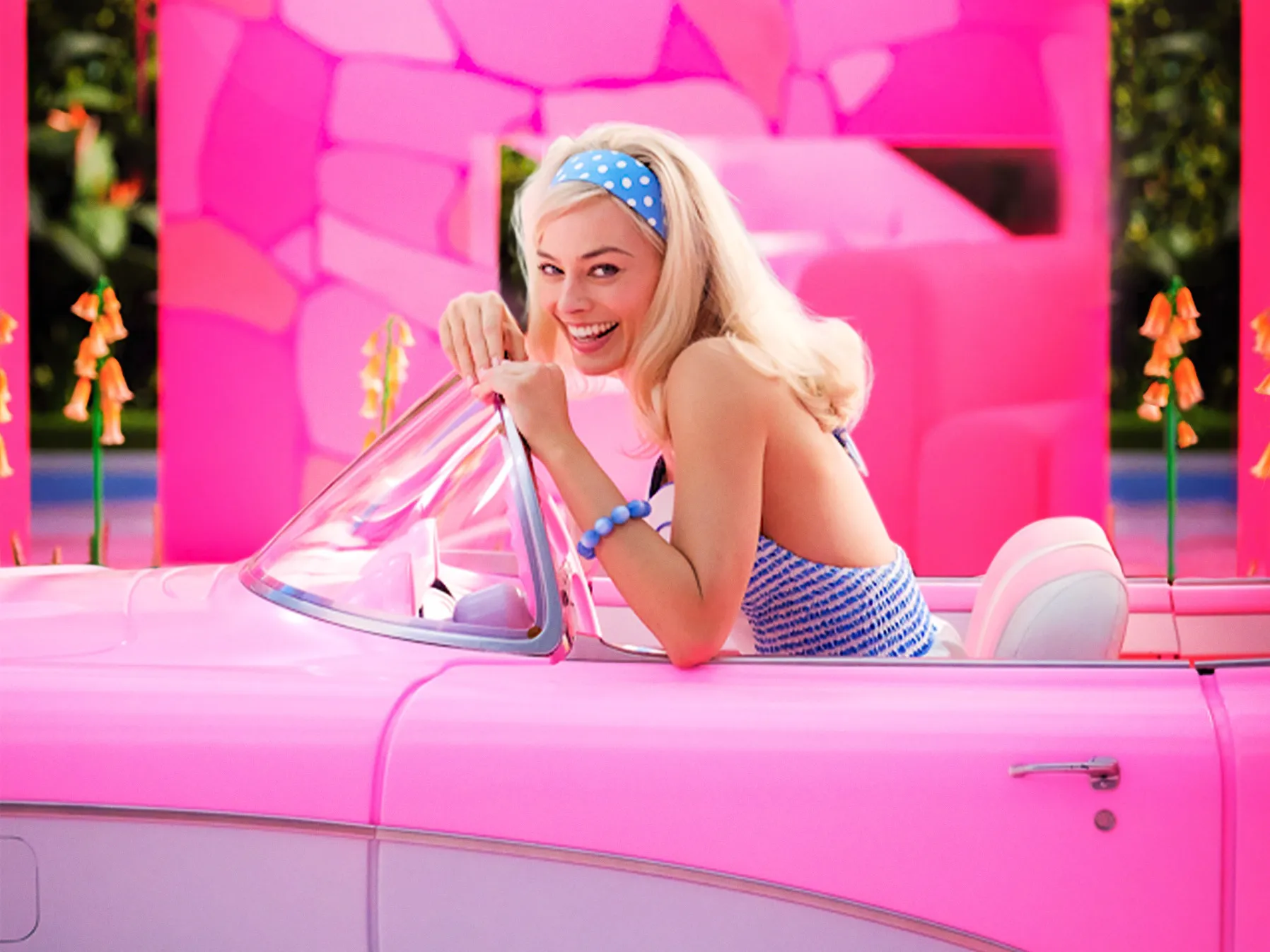Thinking
How Barbie Built Permission to Play
How Barbie Built Permission to Play

It’s hard to believe today, while the world seems momentarily glossed in pink, but there was a moment when Barbie was losing relevance, with sales faltering. The feminist movement had cast Barbie in a different light and shifted the cultural conversation under her permanently high-heeled feet. Eventually, Mattel’s own data began to show that moms had become uncomfortable buying and gifting the toy. “L.O.L Dolls”, Barbie’s first real competition appeared on the scene and sales slumped. In 2014, despite a growing global toy industry Mattel posted a 7% decline in profit as Barbie sales fell. Barbie appeared in Sports Illustrated in the same year.
In 2018, CEO, Ynon Kreiz joined with a mandate to reinvent and drive growth. His strategy was to move Barbie from an iconic product to an iconic Play brand – deepening her reach into the arena by expanding into experiences, movies, spin-offs, merchandise, and more. But before that could happen, he needed to shift the narrative around Barbie to create permission for her to take a bigger role in girls’ lives again. And so, Mattel’s new trajectory was defined – generating a raft of moves that proved Barbie could lead from the future – to embody – literally – inclusivity, and aspiration for female achievement, through a range of feminist icons dolls, dolls of different sizes, ethnicities and abilities.
The stage was at last set for her triumphant return and last weekend in happened. The movie is deemed a masterpiece of fandom: moviegoers revelled in big hair, bigger outfits and setting their inner child free; waves of “Hi Barbie” exchanges buzzed in and around the movie theatres (inspiring viewers around the world to show up at cinemas wearing pink). Doing for moms and daughters what Star Wars did for dads and sons. Topping it all, Billie Eilish released her new song, and “Barbie Girl” by Aqua made its comeback in culture.
This interplay between human motivation, cultural relevance and how a brand creates permission to move more deeply and broadly into consumers lives to drive growth is at the core of what we call arena thinking – a brand’s ability to play a wider role in people’s lives. There’s more on the human and cultural tensions Barbie taps in to in our recent report, “Play”.
But perhaps the most interesting & important question is what comes next? As we write, Richard Dickson, one of the architects of Barbie’s resurgence, has been announced as the next CEO of Gap – another brand in search of relevance.